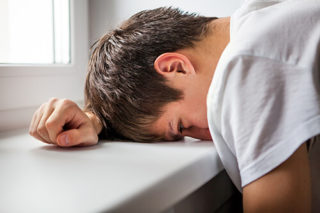In severe benzodiazepines addictions, symptoms like hallucinations, seizures, psychosis, or psychotic reactions as well as suicidal thoughts are common. When recovering from chronic benzodiazepines abuse, it is important to work with your doctor or enter into a drug rehabilitation program.
It can be beneficial to have support from family and friends at this stage. Steps should be taken during this stage to reduce the chances of seizures and the discomforts that come with withdrawal. If there is concern of an intentional overdose, working with a psychiatrist may be necessary as well as inpatient treatment.
The duration of withdrawal will vary with by brand, dosage, and length of use. Those that are considered shorter acting benzos will take a shorter amount of time to leave the body than a longer acting one. For shorter acting benzos such as Xanac, Doromonct and Halcion, withdrawal symptoms can be noted within six to eight hours, while longer acting benzos such as Valium, Klonopin and Librium, can have withdrawal symptoms occurring between 24 hours to 48 hours.
Benzodiazepines withdrawal symptoms will peak around 10-14 days and will eventually fade between 3-4 weeks from the day use has stopped. However, individuals who were heavy users may suffer from post-acute withdrawal symptoms or PAWS. These are random spikes of withdrawal symptoms occurring after day 15 and can last up to two years.
Individuals may suffer from depression, insomnia, anxiety, trouble concentrating and completing tasks as well as loss of sex drive. Working with a doctor during the benzodiazepines withdrawal and benzodiazepines detox stage can help reduce the chances of PAWS. It is important to note that it is highly recommended to taper use with the help of a doctor rather than going “cold turkey”, which can be dangerous especially in higher levels of use.
Are you or a loved one suffering from a benzodiazepines addiction? You are not alone. We are here for you and we are here to help.


